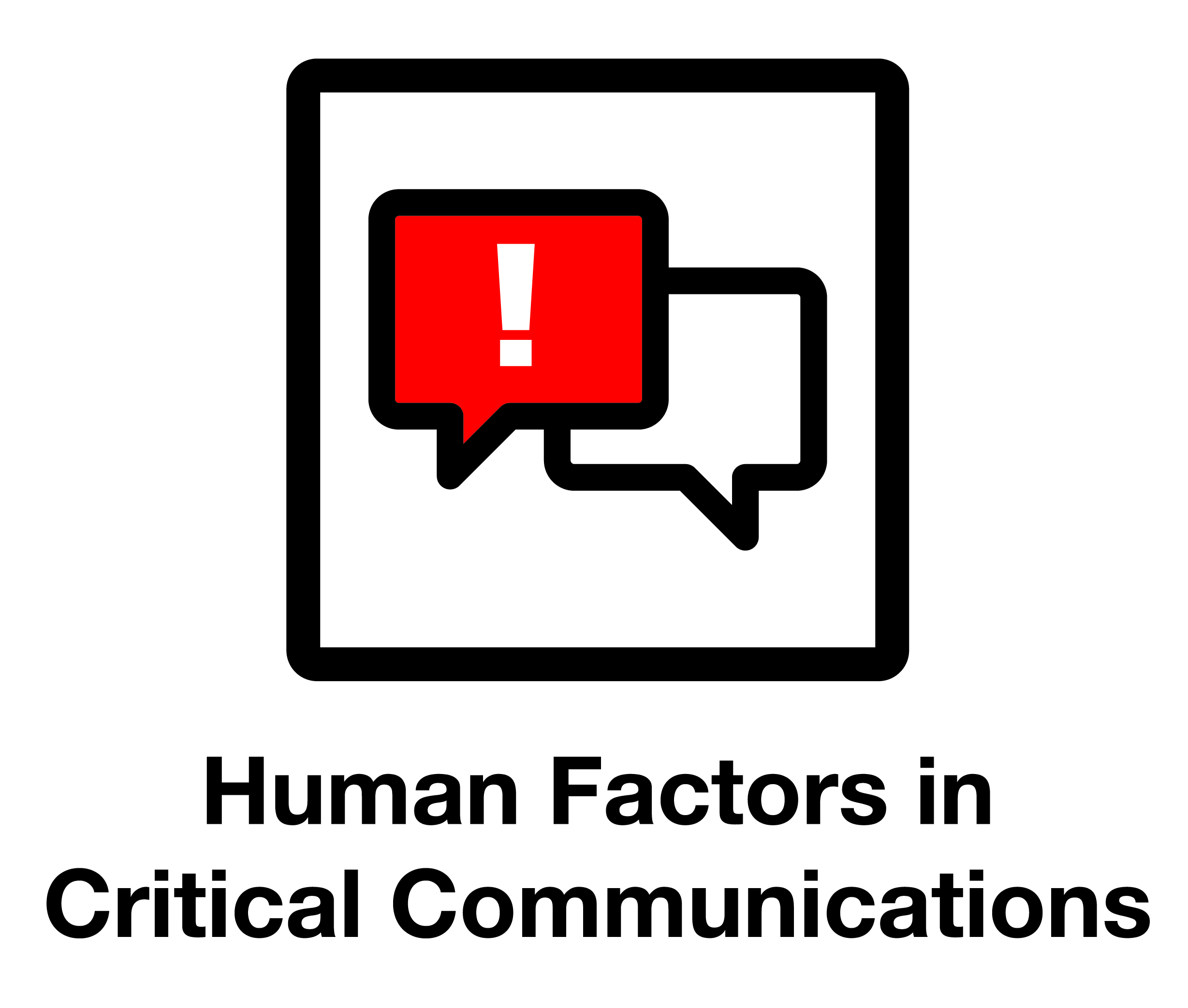Spoken and written communication are critical in maintaining safety. This includes safety information, communications between team members or between different teams, and emergency communications.
Effective communication is important in all organisations when a task and its associated responsibilities are handed over to another person or work team. Critical times when good communication must be assured include; at shift changeover, communication of changes to procedures, between shift and day workers, between different functions of an organisation within a shift (e.g. operations and maintenance), and during process upsets and emergencies.
Problems with communication have led to Major Accident Hazards. Failings in shift handover and Permit To Work systems were identified as common underlying causes of incidents in a 2014 analysis, and have been cited as key contributing factors in arrange of major accidents e.g., Piper Alpha.

Human Factors Forum - 08 June
Join us for the June forum where the topic will be Human Factors - Learning from Normal Work.
To book, visit our events page.
MESSAGE FROM STEP CHANGE IN SAFETY - HUMAN FACTORS WORKGROUP MEMBER: ENIOLA ODUNUGA, HSE ADVISOR (HUMAN FACTORS)
"Failures or non-use of Safety Critical Communications is known to be major or contributing factors when accidents, incidents and near misses are investigated.
"Safety Critical Communications is vital for all industries to continuously improve and learn from lessons to create a safer working environment. Getting safety communications accurate, brief, clear and professional will help get everyone home safe every day."
Human Factors Intro Pack Slides

Download a slide deck introducing human factors and the 12 subtopics.
Featured Resources
Human Factors in Critical Communications - Regulatory Requirements
Regulator Guide - Offshore
- There should be crew and shift handover procedures which detail who needs to be involved, what needs to be communicated, cross checking etc.
- There should be aids to support reliable communication of critical information, e.g. logs, checklists, different formats, verification in the field etc.
- Sufficient resource and time should be available to prepare and carry out handovers.
- Where the handover is carried out should be free from undue distraction and interruption.
- Training should involve communication skills.
- The effectiveness of crew and shift handovers should be periodically monitored and reviewed, and findings used to improve the process where required.
- Critical communications should be captured in PTW procedures, such as handover of permits, permits crossing from one shift to the next, and communications in isolations, overrides, inhibits etc.
Onshore COMAH
- Used risk assessment to identify and evaluate aspects of communication that are critical to managing MAHs (e.g. who needs to communicate and what their needs are).
- Developed local policies and procedures for shift handover and PTW, which define minimum standards for effective communication (including what needs to be communicated and how).
- Provides structured, written logs, to support verbal communication (with mandatory sections to record COMAH-critical information).
- Identifies, and controls, higher risk handovers e.g. if maintenance work on critical plant crosses a shift; when safety systems are overridden.
- Has developed simple, usable PtW documentation, with end-user involvement.
- Always conducts on-site visits when permits are issued and the work is complete.
- Has established workable hand-back arrangements, which verify that plant is returned to a safe state and control is passed back to operations personnel.
- Established arrangements to develop and maintain staff competence in safety-critical communication. Key personnel are trained and assessed in relevant procedures (i.e. how to conduct shift handovers and issue-manage PTWs). The operator also develops the communication and non-technical skills of relevant staff.
Human Factors Regulatory Infographic

Download a simple infographic explaining the regulatory requirements regarding human factors.




